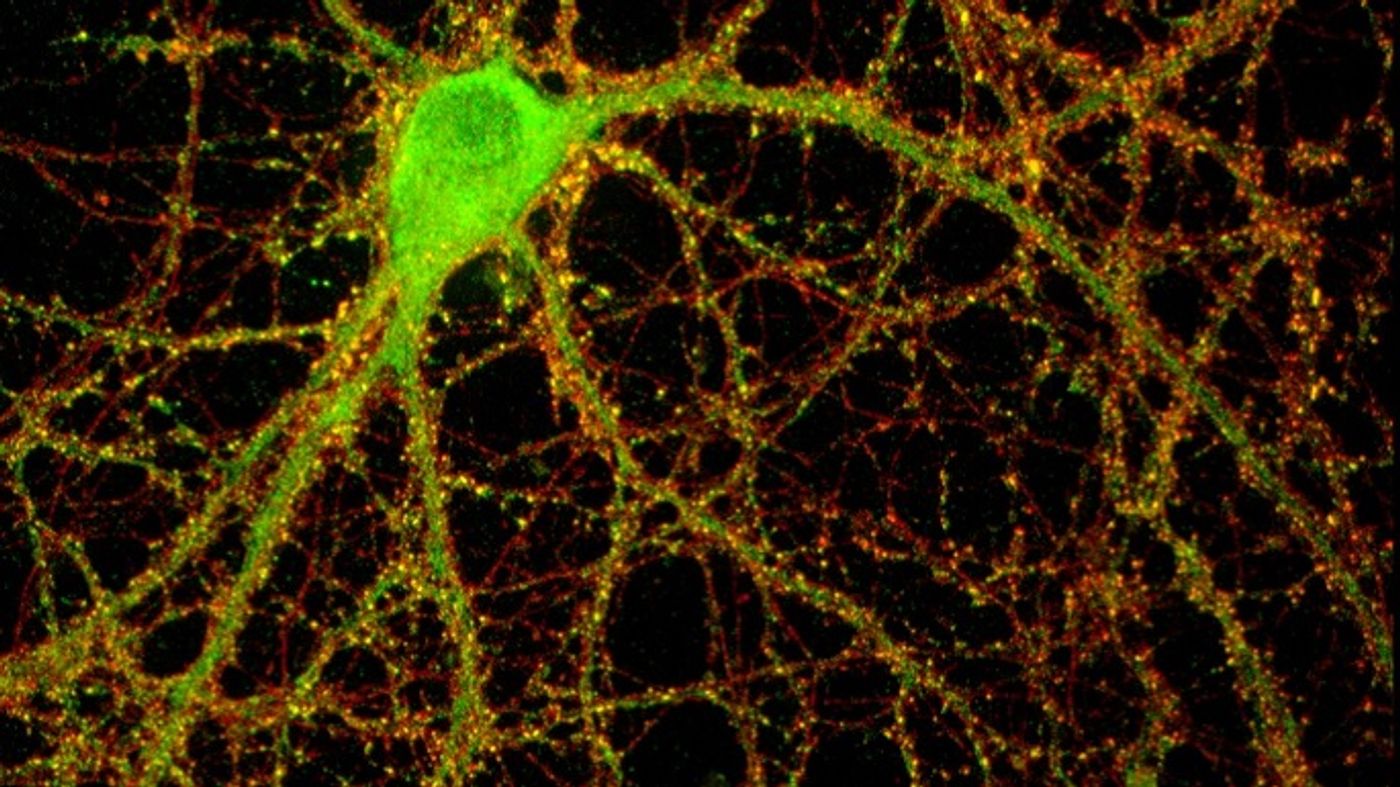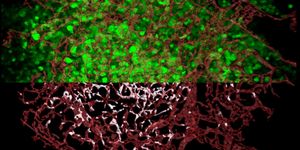These Two Molecules Appear to Drive Breast Cancer Drug Resistance
Three-quarters of all breast cancer tumors are driven by the hormone estrogen. These tumors are frequently treated with drugs to suppress estrogen receptor activity, but unfortunately, at least half of patients do not respond to these treatments, leaving them with drug-resistant tumors and few options.
Now, scientists from the Florida campus of The Scripps Research Institute (TSRI), the University of California (UC), San Diego and the University of Illinois have found that two immune system molecules may be key to the development of drug resistance in estrogen-driven breast cancers.
The researchers believe this finding may open the door to novel therapeutic approaches and influence treatment decisions for the tens of thousands of patients who suffer from estrogen-driven breast cancers.
These molecules, which are cytokines called interleukin 1 beta (IL1β) and tumor necrosis factor alpha (TNFα), had previously been linked to the spread of drug-resistant cancer, but scientists were unsure of the exact mechanisms that led these molecules to drive drug resistance.
The new study, published online ahead of print in the journal Molecular Cell, reveals that IL1β and TNFα turn on pathways that modify the actual shape of the estrogen receptor. This phenomenon appears to drive resistance to the common anti-cancer drug tamoxifen.
“Cytokines change the shape of the estrogen receptor, and that change overrides the inhibitory effects of tamoxifen and leads to drug resistance,” said TSRI Associate Professor Kendall Nettles, who led the new study alongside senior author Christopher K. Glass and study first author Joshua D. Stender of UC San Diego. “These findings dramatically alter our understanding of the biological actions of pro-inflammatory cytokines in breast cancer cells.”
Striking Back at Drug Resistance
Using a combination of genomic, cellular, biochemical and structural approaches, the researchers found that the way these cytokines alter the estrogen receptor are sufficient to induce growth of breast cancer cells in the absence of estrogen, precisely what happens when breast cancer is initially treated with an endocrine therapy like tamoxifen. Scientists found that in addition to reversing tamoxifen suppression of growth, cytokine activation of the estrogen receptor also enhanced the invasive properties of a specific line of human breast cancer cells known as MCF-7, the most studied human breast cancer cell in in the world.
Using x-ray crystallography, Nettles and his colleagues developed an atomic snapshot of the estrogen receptor to show how these shape changes occur and how the process might be blocked.
Nettles pointed out that both inflammation and immune cells are known causes of resistance, but if that inflammation can be blocked, resistance can be reduced or eliminated.
“These tumors can reprogram the immune cells to their advantage so that the cells become tumor supportive,” Kettles said. “We think we can produce hormone therapies that can, in essence, re-reprogram the immune system or prevent it from altering the receptor in the first place, which is an obvious strategy for blocking these adverse effects. Importantly, our atomic snapshot of the receptor showed that the same mechanism can explain how Her2Neu or other growth promoting factors, as well as certain invasion and motility signals also cause resistance to anti-hormone therapies.”
This research was supported by the National Institutes of Health (grants R01DK091183, R01DK015556, R01CA17390 and P30 DK063491), Frenchman’s Creek Women for Cancer Research and The BallenIsles Men’s Golf Association.
This article was originally published on scripps.edu









